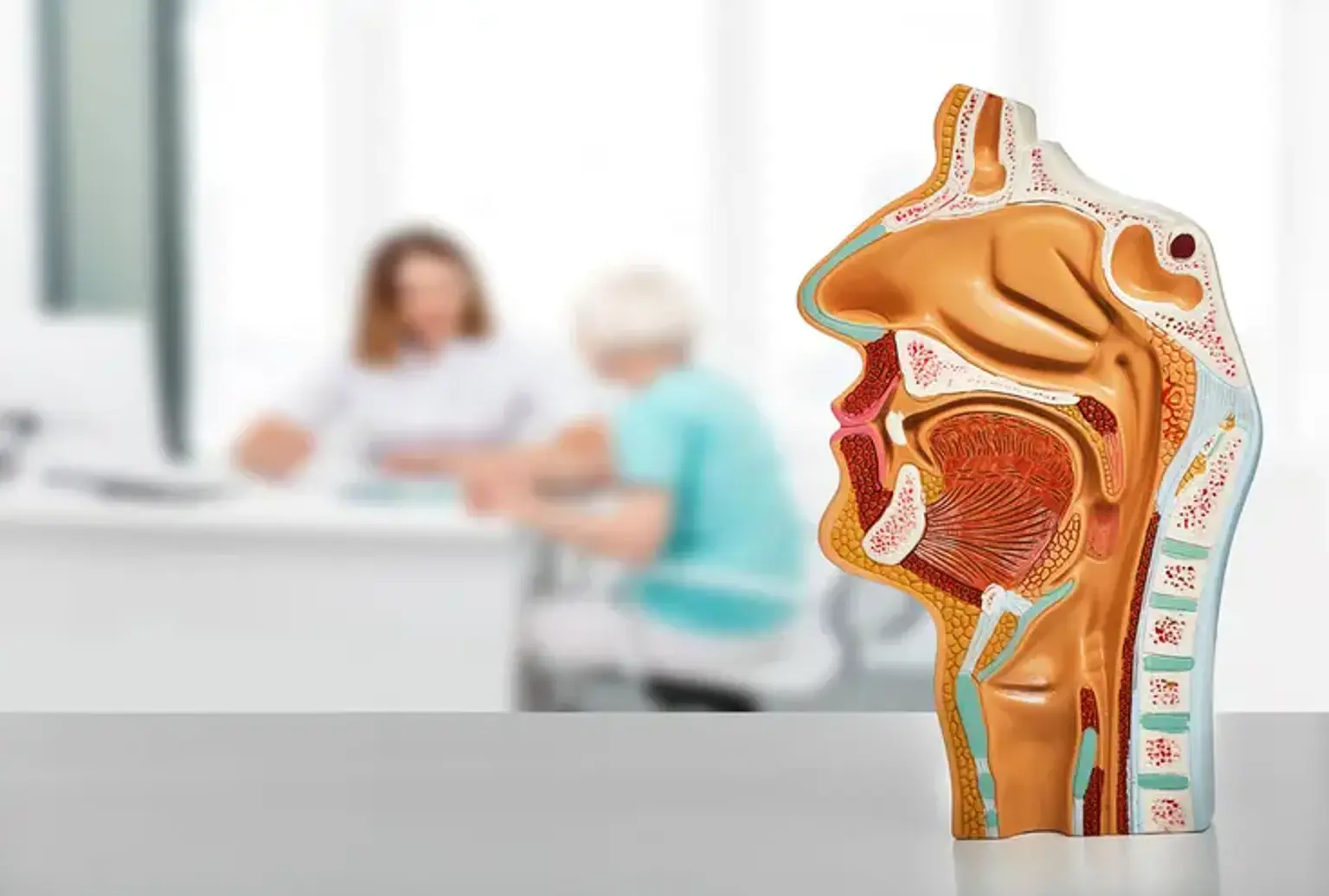Laryngectomy
Overview
The removal of the larynx and separation of the airway from the mouth, nose, and esophagus is known as laryngectomy. The whole larynx is removed during a complete laryngectomy (including the vocal folds, hyoid bone, epiglottis, thyroid and cricoid cartilage and a few tracheal cartilage rings).
A partial laryngectomy removes only a segment of the larynx. Following the operation, the individual breathes via a stoma in the neck. In situations of laryngeal cancer, this operation is normally performed by an ENT surgeon. Many instances of laryngeal cancer are treated conservatively (through oral surgery, radiation, and/or chemotherapy).
When these therapies fail to save the larynx or when the cancer has advanced to the point where normal functioning is impossible, a laryngectomy is performed. Laryngectomies are also done on patients suffering from different forms of head and neck cancer. Voice restoration, oral eating, and, more recently, smell and taste rehabilitation are all part of post-laryngectomy rehabilitation. Following surgery, an individual's quality of life may improve.
